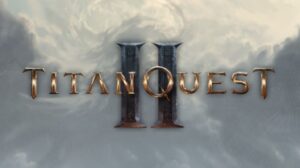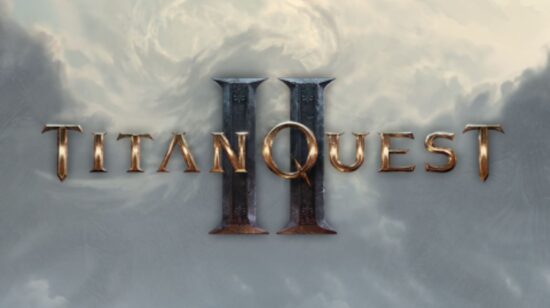OPINION: Microsoft Unveiled Quake II Made With AI And It’s Really Something

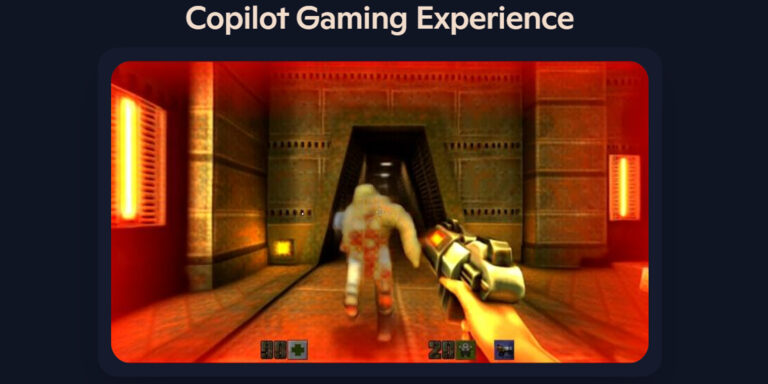
Quake II is well-known as being a fast-paced shooter where players battle monsters, but now gamers can combat a different enemy: generative AI. Microsoft recently released an admittedly experimental, but playable, tech demo run by its Copilot AI. It’s both profoundly ugly and doesn’t do AI any favors.
Calling it “slop” is unfair, though, because that’s like criticizing a four year old for drawing a horse with five legs; they’re still learning fine motor skills, nevermind correct animal anatomy. However, it’s nuts for Microsoft to think it could reveal this tech and expect anyone, nevermind gamers or developers, to marvel at how advanced AI is these days.
Copilot’s Quake II demo has most of the right ingredients, such as shooting a gun and surfaces you can walk on, but mixes them with an impressive disregard for taste.
Imagine biting into a fruit cake and finding the raisins are painted gravel; you might be initially impressed by the fundamental skill involved in making the cake, but there’s no denying the baker’s lack of attention to detail.
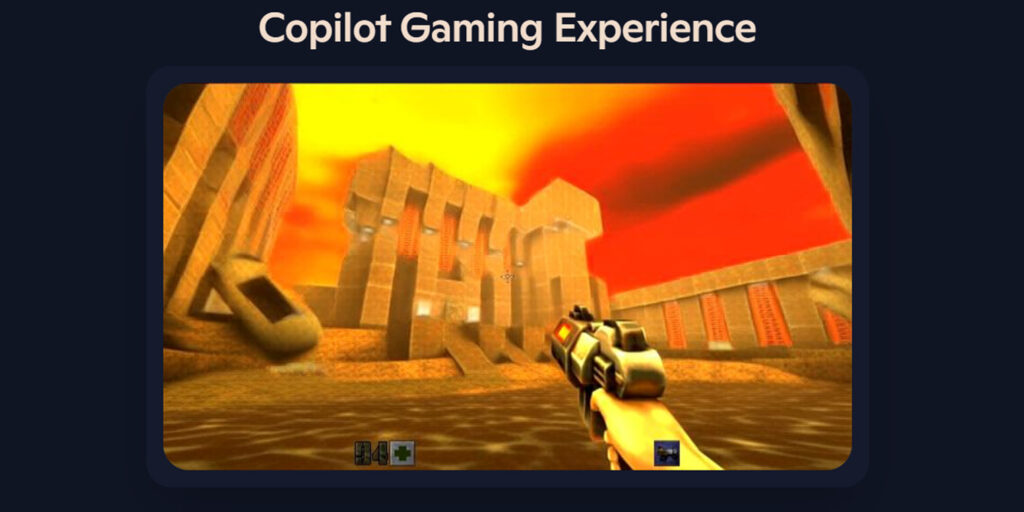
“In this real-time tech demo, Copilot dynamically generates gameplay sequences inspired by the classic game Quake II,” Microsoft said on the official Copilot website. “Every input you make triggers the next AI-generated moment in the game, almost as if you were playing the original Quake II running on a traditional game engine.”
WHAM But Not The Band
To better understand what Microsoft is trying to do here, let’s take a deeper look at the Copilot Gaming Experience, which is the name for this whole generative gaming initiative. Built on Microsoft Research’s World and Human Action Model (WHAM), the aim is to use AI-generated content to help humans be creative, as noted in a related article recently published on Nature.
“Our work approaches this space through the lens of the gaming industry, as it provides an excellent use case to explore how AI capabilities could be innovated to support creativity,” the researchers said in the article.
“We introduce a new generative model, WHAM, designed to achieve these capabilities and trained on human gameplay data. We show that WHAM can generate consistent and diverse gameplay sequences and that it can persist user modifications when prompted appropriately.”
To their credit, the researchers do note later on in this article that the AI needs work:
“Our findings demonstrate that iterative practice and divergent thinking remain crucial in the context of ideation using generative AI models.” No kidding, scientists.
Close But no Cigar
It’s understandable that Microsoft, a company pushing for AI use across various video game areas, would want to crow about its latest achievement, except this needed more time in the oven.
Even with the disclaimers on the demo’s page, of Copilot being liable to make mistakes and that it’s experimental, the demo fails as a proof-of-concept, unless the concept was “show everyone how hideous and nonsensical generative AI can be.”
Ghostly corpses and jittery lumps of meat randomly litter the floor, as terrifying apparitions that can’t decide if they’re humanoid, robot or beast materialize out of thin air to attack, before vanishing the moment you turn away. To be honest, that’s an effective game mechanic, but here it’s a completely accidental one.
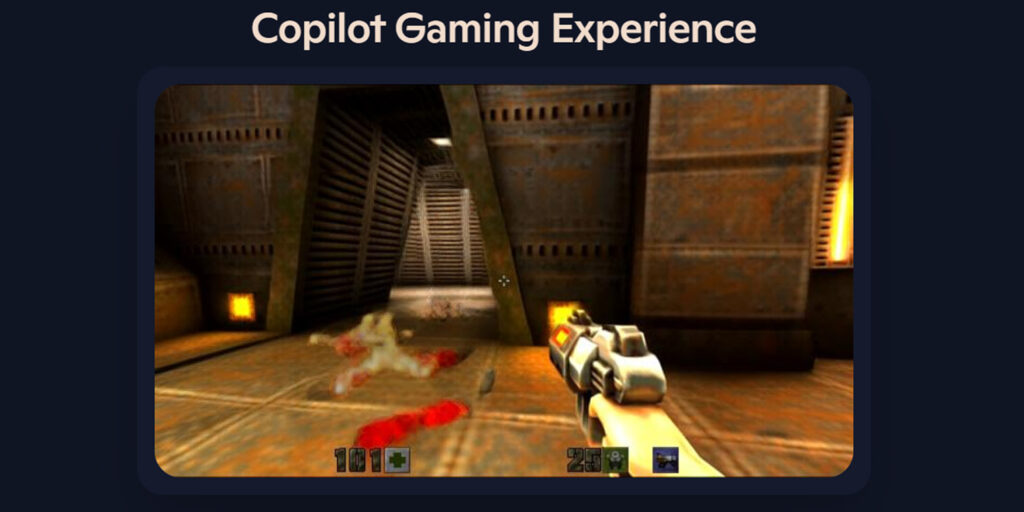
Generative gaming is, unfortunately, something that’s only growing in popularity. Some of it is due to tech bros marveling at technology they don’t understand. Much like asking a dog which new car you should buy, you’re inviting an opinion from something that only values surface-level interest.
The Quake II demo showcases the other end of the spectrum, of something that might have merit if it had any tangible use. I can’t fault the researchers for wanting to help people be more creative, but I’m honestly stumped as to how something like the tech demo is supposed to show how this would possibly work.
Maybe as a “Don’t ever make something that looks and plays like this” warning, but certainly nothing that could act as a serious game development tool. Is generative gaming AI a fool’s errand? I think so, but that’s not going to stop companies pumping obscene amounts of time and money into it.
Or, to quote Dr. Ian Malcolm (played by Jeff Goldblum) from the movie Jurassic Park (1993): “Your scientists were so preoccupied with whether or not they could, that they didn’t stop to think if they should.”


